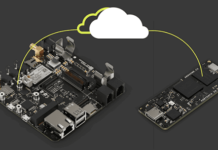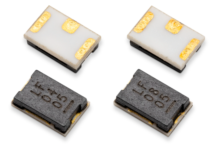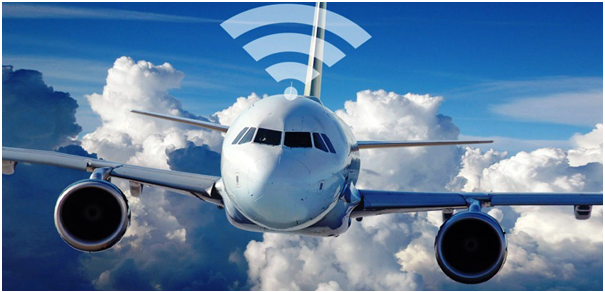
Today, we have come to expect wireless connectivity almost everywhere, with widely-available 3G and 4G networks enabling consumers to stay online at all times, taking advantage of fast connections and low costs. Statistica report that in 2016 the average mobile data usage per subscriber in the United States was roughly 3900 Megabytes per month.
The one major exception is the airplane, where in-flight Wi-Fi services have to date been expensive, slow, and not widely available. Passengers are increasingly hoping to get good quality broadband when flying, but the internet connectivity offered at the moment is not meeting their expectations. The London School of Economics predicts that the Inflight Connectivity (IFC) market will be worth $130 billion by 2035 with broadband access alone worth $15.9 billion, contributing $30 billion to airline revenue.
The services provided so far often use connectivity to satellites, but this is always going to be a costly option, and will struggle to provide the bandwidth needed once more than a few passengers on a plane have logged on. Instead, new solutions are being developed, using networks of base stations on the ground, so-called direct air to ground (DA2G).
Connecting from an aircraft traveling at typical cruising speeds of over 900km/h, and at an altitude of above 10,000 meters, creates a specific set of technical challenges. In particular, the network must be able to support high speeds and large cell sizes as well as flight certification for airborne equipment.
Private LTE network
Avionics is an example of a ‘private network’ application, where a cellular network operates as a closed system. In the past, this kind of application might have used a proprietary solution, but today, 4G LTE (Long Term Evolution) has become the technology standard of choice for private networks. Reportsnreports predict a 32% CAGR in private LTE network investment between 2016 and 2010, and LTE increasingly being applied in specialized areas such as avionics.
By basing private networks on well-defined, global standards, companies can benefit from extensive re-use of expertise and protocols from the commercial world, and these economies of scale can keep costs low, giving a competitive advantage. The continued efforts of the 3GPP Specifications Groups also ensures that investment in an LTE private network has a roadmap to 5G and beyond.
Additionally, LTE has a number of technical advantages over other solutions. Firstly, its spectral efficiency is good, over 4 bits/Hz which are comparable to DVB-T2, while also being more resilient to interference from overlapping signals. In a crowded spectrum, this means LTE can use the frequency band available more efficiently.
LTE also has increased spectrum flexibility, a simplified architecture and improved support for mobility compared to DVB-T2 thanks to LTE’s adjustable system parameters. This makes LTE a better choice for lower cost mobile communications than traditional satellite receivers.
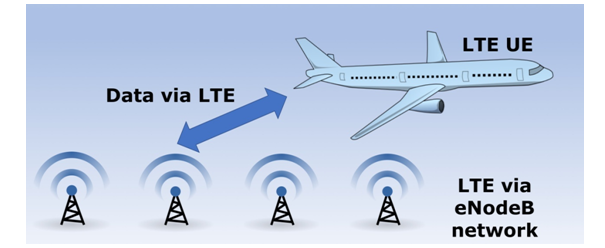
Figure 1: ground-based avionics LTE network
Adaptions required
While LTE provides an excellent basis for a solution, specialized applications such as avionics normally cannot use the LTE standard without modifications. They may use only some parts of the standard, or they require a number of algorithmic and protocol adaptations to deal with a range of problems such as higher latency, higher Doppler shift, specific interference or multiple parallel channels.
The high speed of the airplane means that the Doppler effect is an issue. This effect shifts the frequency of the carrier signal, due to the relative motion of the User Equipment (UE) in the aircraft and the base station (eNodeB) on the ground. Modification to the LTE standard is required to compensate for this effect, and in particular to handle handover from one base station cell to the next.
The distances involved in avionics also pose new challenges. Any system must be able to handle larger cell sizes than normal for LTE, and larger distances between UE and base station. This means that there is an increased delay time in the round trip of the signal, which must be accounted for. With large antenna arrays, an eNodeB scheduler must also handle beamforming and power control of the eNodeB and UE.
Customization
To meet these demands, an LTE-based private network must include customized software that provides the adaptations required. Instead of handling all the work themselves, many network providers are outsourcing the customization to vendors such as CommAgility, who have the experience in a range of specialized network areas where these kinds of adaptations are needed.
Another factor is that a software vendor such as CommAgility will own the Intellectual Property (IP) for the LTE physical layer (PHY) and stack for both eNodeB and UE. Such a vendor should also have the knowledge and expertise to make adaptations, and the experience to handle complicated systems integration and testing.
To meet the needs of private networks, CommAgility makes available 3GPP standards-compliant LTE software, including the UE and eNodeB PHY, as reference chains which provide flexibility for improved portability and scalability. We can also provide a pre-ported and validated PHY and Stack, delivering an IP hardware and software block for integration into an OEM’s silicon design. Alternatively, CommAgility can provide pre-integrated PHY and Stack on silicon devices, such as Texas Instruments’ Keystone SoCs, saving customers time in product development.
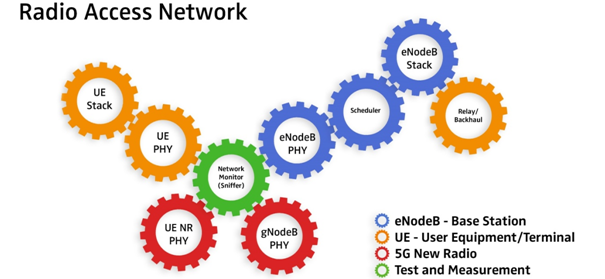
Figure 2: the components of the user equipment and base station software
Ruggedized hardware
So far, we have discussed software, but there is, of course, a need for suitable hardware, both for the base station and the airborne UE. To meet this requirement, CommAgility has developed a range of high-performance DSP/FPGA cards, including ruggedized systems in the OpenVPX form factor.
We integrate these with our LTE eNodeB and UE software to create system-level LTE hardware and software solutions. CommAgility can also customize our hardware, for example, ruggedized products to the MIL-E-540 and MIL-STD-461B standards have been delivered for customers. We also have the expertise to develop software for airborne certification such as DO-178C.
While VPX is the best-known standard for ruggedized embedded boards, it is also possible to ruggedize other form factors. The MicroTCA chassis and plug-in AMC architecture provides a versatile ecosystem for a wide range of applications and can be easily ruggedized. This enables low-cost development in the lab, building prototype solutions which can then be ruggedized for field deployment.
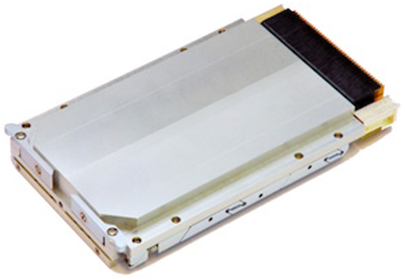
Figure 3: example VPX DSP/FPGA board
Where equipment is being specified for the aircraft after-sales market, it is likely the airborne equipment will need to comply with existing size, weight, and power (SWaP) requirements. CommAgility also has a range of custom form factor, conduction-cooled solutions that can be tailored to specific customer requirements for this purpose.

Conclusions
While customization of the standard is required, LTE has demonstrated its suitability as the wireless technology for air-to-ground avionics applications. Together with high-performance embedded DSP and FPGA boards, LTE promises to bring cost-effective, high-speed internet connection to in-flight applications.



